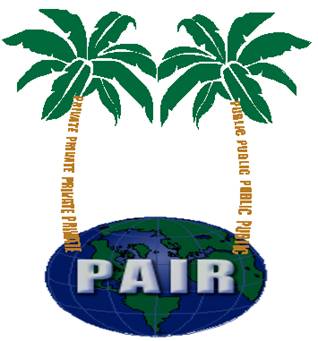Recording assignments
Recording of an assignment with the U.S. Patent and
Trademark Office (USPTO) is not mandatory, but is generally a good idea, so as
not to invite the argument that inadvertent abandonment occurred, and
to provide accurate notice enabling courts to award treble
damages and costs. Only assignments of registered marks can recorded. The assignor or assignee may
submit the recordation, which should include the USPTO cover sheet, assignment
document, and the $100 fee
Recording registration with U.S. Customs
Recording of an assignment with the U.S. Patent and
Trademark Office (USPTO) is not mandatory, but is generally a good idea, so as
not to invite the argument that inadvertent abandonment occurred, and
to provide accurate notice enabling courts to award treble
damages and costs. Only assignments of registered marks can recorded.
The assignor or assignee may submit the recordation, which should include the USPTO cover sheet, assignment document, and the $100 fee
The assignor or assignee may submit the recordation, which should include the USPTO cover sheet, assignment document, and the $100 fee
Register, Principal
This is the primary registry of trademarks maintained
by the U.S. Patent and Trademark Office (USPTO). In order to qualify for
registration on the Principal Register, a trademark must be distinctive and
currently in use. Trademarks that qualify for Principal Register registration
receive the all the benefits of registration, whereas those registered on
the Supplemental Register do not.
Register, Supplemental
The Supplemental Register is a secondary list of
registered marks maintained by the USPTO. Marks on the Supplemental Register do
not qualify for registration on the Principal Register, and as such, these
marks do not receive the many registration available on the Principle
Register. However, registration on the Supplemental Register allows the mark
owner to use the ® symbol next to their mark, and also provides notice to
potential users of the mark that it is already being used. Typically,
Supplemental Register marks are those that are registered in foreign countries
but not yet used in the United States, and those that are not descriptive. Once
a mark becomes distinctive through extensive use, or has been on the
Supplemental Register for five years, the mark owner may petition to have it
removed to the Principal Register.
Registration
A registration is a grant of rights by the government in a given trademark. Registrations are granted by the Federal government, as well as most state governments. An application for registration requires providing data in the following categories: dates of use, description of goods or services, designation of class, drawing of mark, identification of applicant, specimens, and verification and execution.
A registration is a grant of rights by the government in a given trademark. Registrations are granted by the Federal government, as well as most state governments. An application for registration requires providing data in the following categories: dates of use, description of goods or services, designation of class, drawing of mark, identification of applicant, specimens, and verification and execution.
Rejection by the Trademark Examiner
An initial refusal to register a mark made by the U.S.
Patent and Trademark Office (USPTO) Examining Attorney. Marks may be
rejected for several reasons, including that the mark is likely to cause
confusion with other marks, is not distinctive, is generic orforbidden,
or for inadequacies of the application itself such as a description of
goods that is too vague, or specimens that don't demonstrate use
for the claimed goods or services. If the mark is rejected, the Examining
Attorney will send an office action to the trademark owner or their
attorney. The owner or attorneys then have the opportunity to respond within
six months, or the application is automatically canceled.
Remedies for infringement
Depending on one's perspective, a remedy may either be
the penalty applied when found liable for infringement or dilution of a
trademark, or the relief that the trademark owner may obtain under such
circumstances. Remedies available include: injunctive reliefto stop use of
the mark, monetary relief, a bar on importation, cancellation of
trademark registration, criminal indictment, a declaratory judgment, or other equitable
relief as the court may see fit.
Reserving a name (Name reservation)
Registering the name of a business with the state in
order to reserve that name for the business owner. Most states will reserve a
name that is not an exact duplicate of an existing name, with no attention
given to confusingly similar names. For this reason, it is not
sufficient to search a state’s database of existing business names to
determine whether or not there is a preexisting trademark right.
Reverse Domain Name Hijacking
This occurs when corporations
intimidate people or companies out of their domain names under the
guise of trademark ownership, even though the particular use of a domain name
does not constitute trademark infringement, dilution, or unfair
competition in any manner. Some trademark legal scholars have speculated that
this reverse domain hijacking may be met with cancellation of the
company's mark under the doctrine of trademark misuse.
Right of priority
The right to exclude all other confusingly similar uses of a mark based on having been the first to use that mark
The right to exclude all other confusingly similar uses of a mark based on having been the first to use that mark



















 Posted in:
Posted in: 





















